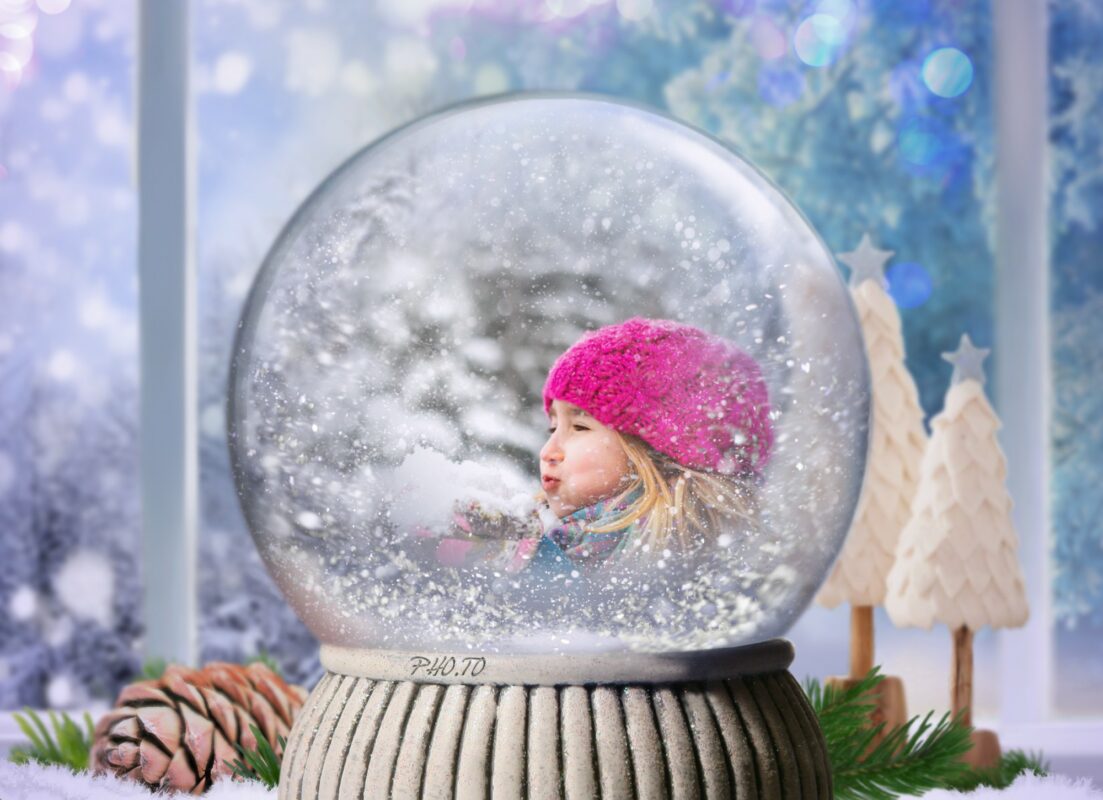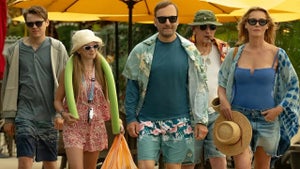How To
How to add snow to your photos using Photoshop

- December 19, 2017
- Updated: July 2, 2025 at 6:42 AM

A beautiful thing about this time of year is the unique images it brings. One of them, for example, is snow. Numerous cities around the world are filled with this magical effect, which transforms streets, nature, architecture, etc. Now, did you know that in about five minutes you can add falling snow to your photos using Photoshop?
We’ll give you a mini-tutorial in case you want to try this curious (and lovely) trick.
The Top 10 Photographers on Instagram
Photoshop for everybody
Though you may think it’s a lot of work to add snow to your snapshots, it’s actually quite simple, much simpler than you can imagine.

The first thing you must do is take your favorite photo and open it in Photoshop. Once you’ve done this, go to the right-hand side where it says Layers and select the icon below Create new layer (the last or second-to-last option, depending on the version you have).
![]() With this new layer already created, go to the toolbar and look for the Paint bucket. Once you’ve clicked it, select the color black and paint the entire layer (you can do this with just one click, so it’s not too much work.)
With this new layer already created, go to the toolbar and look for the Paint bucket. Once you’ve clicked it, select the color black and paint the entire layer (you can do this with just one click, so it’s not too much work.)
So far, you’re probably a little lost, but now the sure-fire trick  begins. Go to the top where it says Filters, the Noise tab and then Add noise. In the new pop-up window, select the value 350%. Confirm and go back to the photo.
begins. Go to the top where it says Filters, the Noise tab and then Add noise. In the new pop-up window, select the value 350%. Confirm and go back to the photo.
Once again, select the Filters option and then Blur -> Gaussian blur. Here the value should be pretty low, i.e. you only have to put 2%.
 Now you have to change the option and go to Image, where you’ll click Settings and then Levels (if using Photoshop Elements, like in the sctreenshot, go to Enhance > Adjust Lighting > Levels). Here you’ll get a graph. Our advice is to mirror what we’ve done in the screenshot below (this way you’ll avoid trouble in the future, since the values are consistent for everything we need right now.)
Now you have to change the option and go to Image, where you’ll click Settings and then Levels (if using Photoshop Elements, like in the sctreenshot, go to Enhance > Adjust Lighting > Levels). Here you’ll get a graph. Our advice is to mirror what we’ve done in the screenshot below (this way you’ll avoid trouble in the future, since the values are consistent for everything we need right now.)


Confirm this action and then you’ll be approaching the second-to-last step: Filter again -> Blur -> Motion blur. Provide the value you like best (a little lopsided is fine) and accept the changes.
The last step is as simple as going to the right- hand side where the layer is and opening the menu with Normal as a default. Select Screen and the black in the photo will automatically disappear to make way for the created snowflakes.
hand side where the layer is and opening the menu with Normal as a default. Select Screen and the black in the photo will automatically disappear to make way for the created snowflakes.
Easy-peasy, right? That’s what we told you at the beginning of this article and we haven’t let you down. If you want to enhance this optical effect, duplicate the final layer as many times as you want, transforming it in case you’d like to apply more snow in certain parts of the photo (Control + T).
We hope you’ve enjoyed this and now you have this mini-tutorial as a reference for the future. By the way! It works best using photos with dark shades (or night settings) and not lights ones (or daylight settings).
Latest from Softonic Editorial Team
You may also like
 News
NewsThe creators of Lies of P are working on two games: the sequel and another soulslike
Read more
 News
NewsValve says that "for the moment" it is impossible to make a Steam Deck 2
Read more
 News
NewsCancel a new IP after having spent 25 million dollars
Read more
 News
NewsSilent Hill f brings a huge update
Read more
 News
NewsThe best action director in Southeast Asia teamed up with RZA and Bob Odenkirk to make this sequel that managed to double its budget worldwide
Read more
 News
NewsIt made 400 million at the box office thanks to its release in China and now it arrives on HBO Max to show why The Planet of the Apes remains an important franchise
Read more